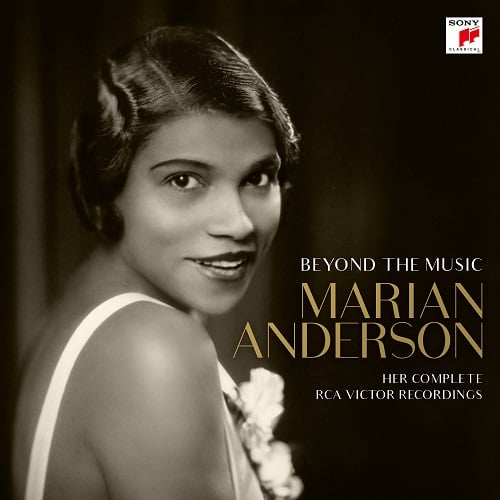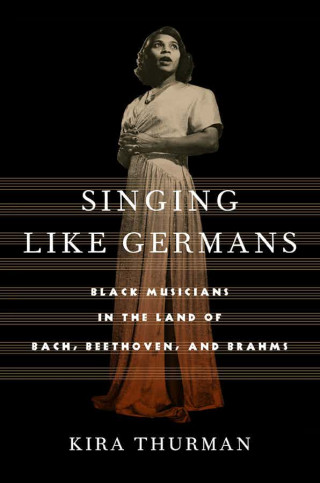In a perhaps futile urge to understand the power of this performance, I delved into the history of “Crucifixion.” One of the earliest sources for the spiritual is the collection “Favorite Folk-Melodies as Sung by Tuskegee Students,” which the influential bandmaster, composer, and educator N. Clark Smith assembled in 1913, when he was based at the Tuskegee Institute. James Weldon Johnson and J. Rosamond Johnson subsequently included a more elaborate, lieder-like arrangement in “The Book of American Negro Spirituals,” from 1925. In the same period, the celebrated Black tenor Roland Hayes added the song to his repertory; he later recorded it in stark a-cappella style, at a tempo considerably quicker than Anderson’s but hardly less eerie in effect. A report in the New York Age, from 1923, claims that Smith had received the song from a descendant of a Zulu tribe. Hayes was under the impression that it had been written by his great-grandfather Abá ‘Ougi, who grew up on what is now the Ivory Coast and was enslaved around 1790.
A jauntier, faster-paced version of the spiritual spread outside the concert arena. In 1933, the folk-song collector John Lomax recorded prisoners singing it at Parchman Farm, a notorious forced-labor camp in Mississippi. Cast in the major mode, their rendition amounts to a different song entirely. The hymn proceeded to wend its way through interesting corners of pop-music history: Lead Belly made a recording in the forties, which, decades later, fell into the hands of Kurt Cobain. These variations demonstrate the complexity of the spiritual tradition, in which distant folk origins entwine with the individual creative choices of latter-day performers. Anderson’s version represents another drastic revision. At that extreme slow tempo, the piece becomes almost a radical, modernist gesture.
Certainly, “Crucifixion” had a spellbinding impact on European and American audiences when Anderson began regularly including it in her recitals, in the nineteen-thirties. When she sang it in Salzburg, in 1935, a witness reported, “At the end of the spiritual there was no applause at all—a silence instinctive, natural, and intense, so that you were afraid to breathe.” Likewise, an anonymous review of a recital in Burlington, Vermont, in late 1939, singled out “Crucifixion” as the most striking item on the program: “As the great voice repeated over and over the refrain, ‘Not a word, not a word, not a word,’ the audience was caught and held in an emotional tension that kept a breathless hush throughout the building.” (Ironically, Anderson was said to have been wearing a “black Scarlett O’Hara type gown.”)

